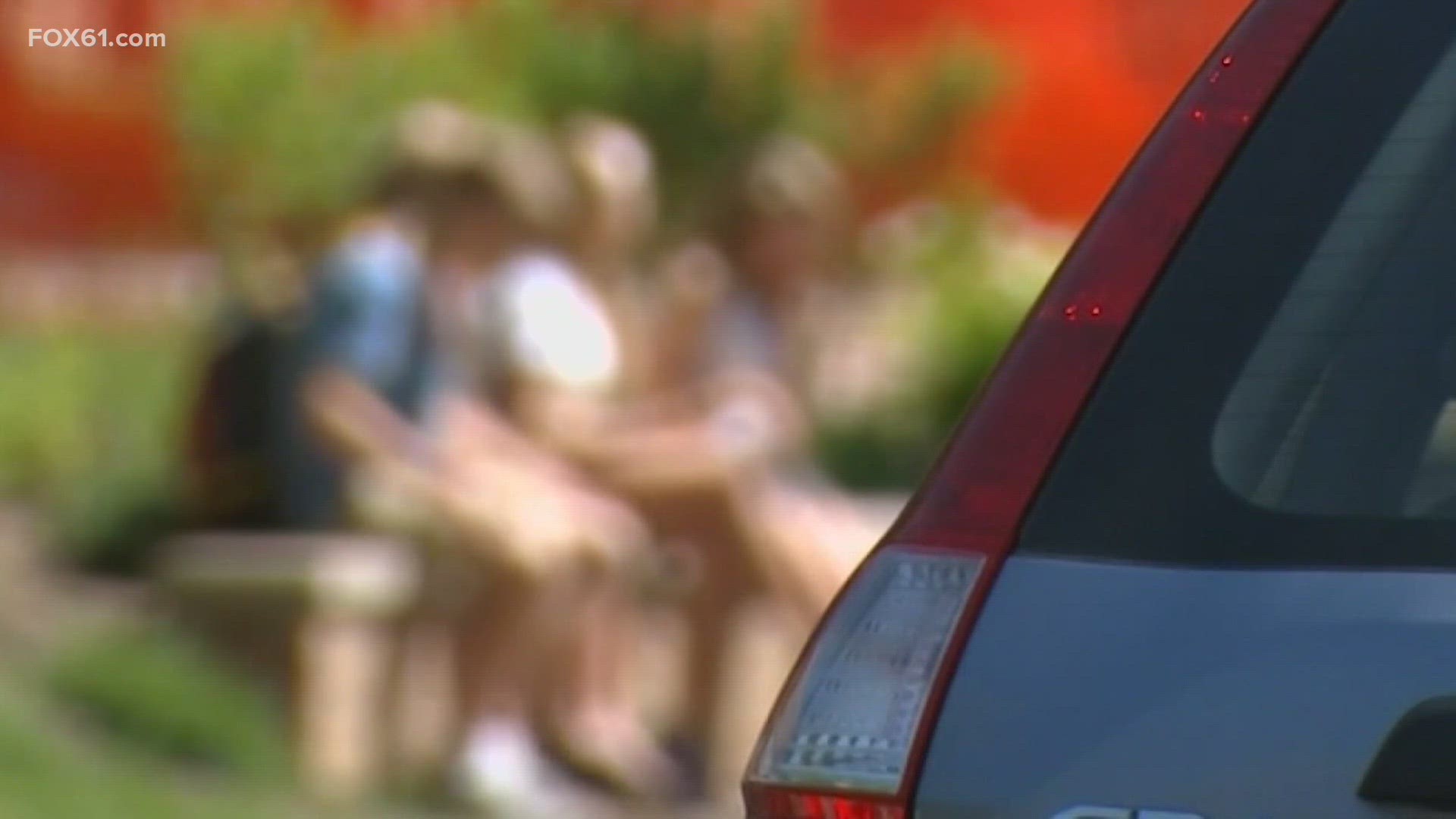BOSTON — More than a century ago, the Italian inventor Guglielmo Marconi pioneered long distance, wireless communications from Cape Cod’s famous coastline.
But two shark attacks this summer — including Massachusetts’ first fatal shark attack in more than 80 years — have underscored a troubling reality: In many parts of the vacation destination, great white sharks are now plentiful, but cell phone signals are still not.
Local officials say better communication, particularly at some of the Cape’s most picturesque but remote beaches, should be among the priorities as they gather later this week to discuss what can be done.
Everything from building more cell towers to installing emergency call boxes or even placing old school pay phones on beaches should be explored, some say.
Other officials say it’s also time to revisit other shark safety methods, like using ocean netting to create protected enclosures around popular beaches, posting planes and boats to monitor shark activity, or, more controversially, finding ways to address the ever-growing seal population that’s been drawing great white sharks to Cape Cod’s waters in recent years.
“These issues have come up before, but it’s a different ballgame now,” said Dawson Farber, harbormaster in the town of Dennis. “The thing that we all feared and hoped wouldn’t happen has come to pass. We have to take a hard look. The discussions need to happen.”
An Aug. 15 shark attack off Long Nook Beach in Truro and the more recent fatal attack on Newcomb Hollow Beach in Wellfleet were reminders of the chronic communications problem.
Some Truro beachgoers rushing to the aid of 61-year-old New York resident Bill Lytton said they had to run up a sandy bluff to the parking lot just to get cell service to call 911. Lytton survived and is currently recovering in a Boston hospital.
This past Saturday, at least one of the initial 911 callers from Wellfleet struggled to overcome a bad connection with an emergency dispatcher. The line eventually went silent after cutting in and out, audio recordings showed.
Local officials stress emergency responders arrived within 10 minutes of the emergency calls, but 26-year-old Revere resident Arthur Medici was too gravely injured.
He was pronounced dead at the hospital. A funeral service is slated for Wednesday in Saugus before Medici’s body is returned to his native Brazil for burial.
Even before this past summer, Cape Cod officials took steps to improve communications.
Lifeguards and beach staff in a number of communities were equipped with satellite phones, more powerful radio systems and other upgraded equipment in recent years.
Officials had also launched various emergency alert systems, including the “Sharktivity”smartphone app that allows people to publicly post shark sightings in real time on a digital map.
But boosting cell phone service so more beachgoers can benefit from these alerts presents its own set of challenges, say officials.
For one, some residents object to constructing cell towers on the peninsula’s pristine shoreline, a large swath of which is federally protected.
Phone companies also aren’t exactly clamoring to build more cell towers on Cape Cod, which has a year round population of roughly 200,000 people that more than doubles in the summer months.
In Truro, just one phone company has applied to build a new cell tower in the last four years, said Town Manager Rae Ann Palmer. The company ultimately withdrew the application for unknown reasons, she said.
“We’re heavily reliant on the industry in overcoming this obstacle,” said Farber, the Dennis harbormaster. “We’ve had numerous conversations with cell phone carriers over the years. This goes well beyond a shark issue.”
A more palatable solution could be emergency call boxes, which towns like Truro are looking to install at beaches by next summer, Palmer said.
Others are considering simply putting pay phones near some of the most remote beaches, said Eastham Town Administrator Jacqueline Beebe, who stressed the majority of Cape Cod beaches have “great” cell reception.
But even these solutions come with questions, including how much they’ll cost and who’ll ultimately pay.
“Scale is a factor,” said Brian Carlstrom, superintendent of the National Park Service’s Cape Cod National Seashore. “You’re talking about 40 miles of seashore.”



